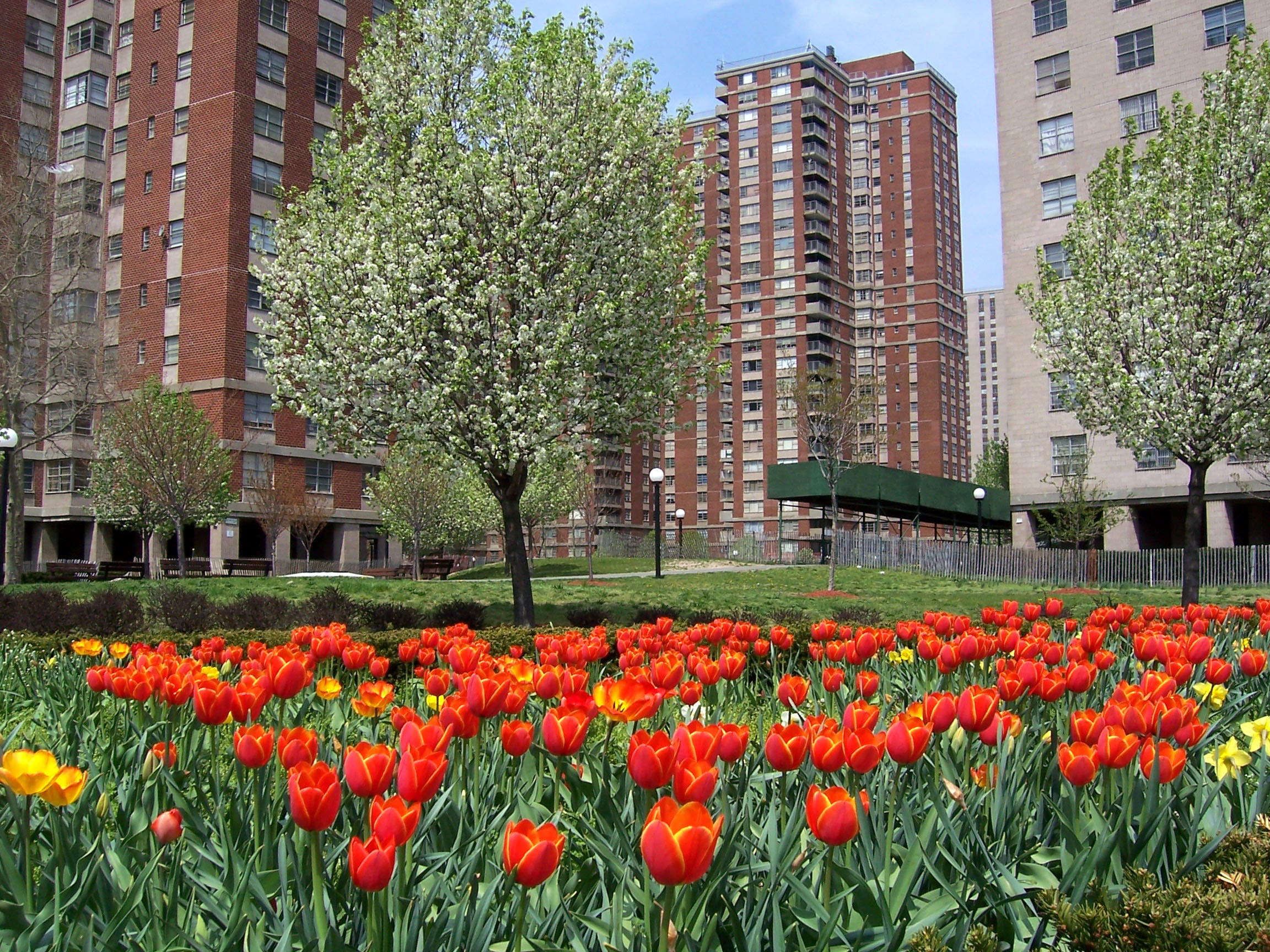
Live Music
Are DJ sets live music?
DJ items play a singular position in the music scene, typically sparking debate about whether they constitute “stay music.” Here are some points to consider:
- Nature of Performance: DJs usually mix pre-recorded tracks, which some argue lacks the spontaneity of reside musicians performing original compositions.
- Audience Interaction: Many DJ sets are extremely interactive, with DJs reading the gang and adapting their set in actual time, which may create a dynamic experience just like that of stay bands.
- Technology in Music: As technology evolves, the line between DJing and live music becomes more and more blurred, with many DJs incorporating stay components, similar to vocals or devices, into their performances.
Ultimately, 잠실오피 whether or not DJ items are considered “reside music” may depend on private definitions of the term and what one values in a efficiency. The expertise they provide can be as participating and electrifying as conventional reside music events.
What is DJ music called?
DJ music is sometimes called electronic dance music (EDM), but it encompasses a wide selection of genres and kinds. Here are some widespread terms associated with DJ music:
- House – Characterized by its repetitive 4/4 beats and synthesized sounds.
- Techno – Features a more mechanical sound and infrequently emphasizes rhythm over melody.
- Trance – Known for its melodic phrases and build-ups, creating an emotional expertise.
- Dubstep – Marked by heavy bass and breakdowns, with an emphasis on rhythm and samples.
- Trap – A subgenre of hip-hop with heavy bass and hi-hat rhythms, often used in DJ units.
Additionally, the term mixing is crucial in DJ music, because it refers to the mixing of different tracks and sounds to create a cohesive efficiency.
Overall, DJ music represents a fusion of varied genres, emphasizing rhythm, beats, and stay efficiency capabilities.
How loud is reside music?
Live music volume can vary significantly depending on the venue, type of efficiency, and the sound system used. In general, reside music (often referred to as “live music”) can range from 90 dB to 120 dB.
For context, 90 dB is much like a loud bike or a subway practice, while 120 dB is akin to a rock concert or a jet taking off. Prolonged exposure to sound ranges above 85 dB can lead to hearing injury, so it’s essential for both performers and audiences to be aware of volume levels.
Moreover, totally different genres could have their own typical loudness; for example, digital dance music events often favor greater volumes in comparability with acoustic performances. Ultimately, if you’re attending a live music event, it’s a good suggestion to guard your hearing with earplugs, especially in significantly loud settings.
